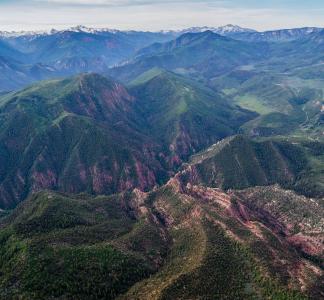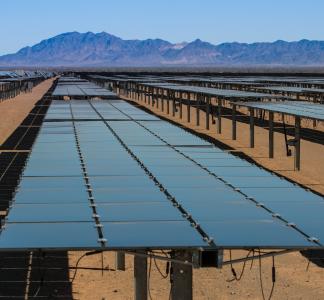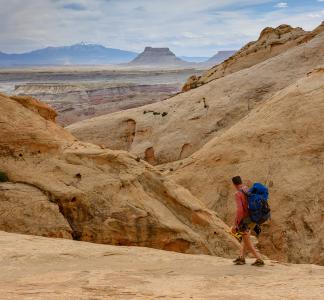6 big conservation and climate wins in April
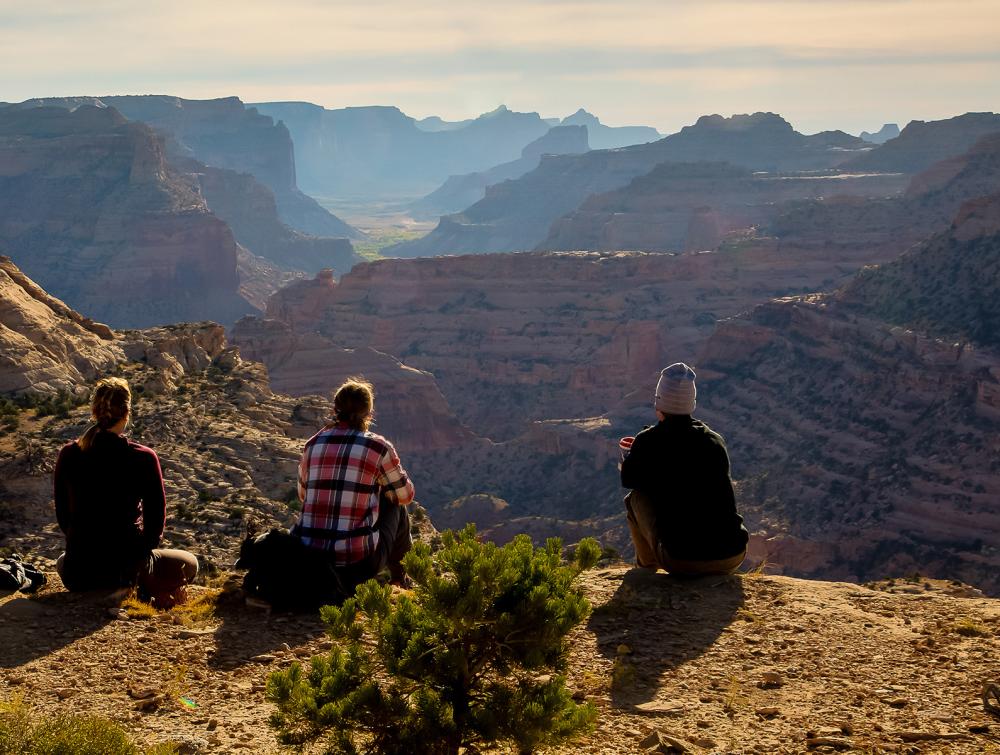
People looking over the Mexican Mountain Wilderness, Utah
Bob WIck, BLM
New rules mean new public lands approach
Recently, the Bureau of Land Management (BLM) approved a plan to ban new oil and gas development on the Thompson Divide along Colorado’s Western Slope—a huge conservation win many years in the making. That was only the first in a series of big victories.
Thanks to a congressional deadline approaching in the coming weeks, we've seen a slew of big conservation steps by the Biden administration, ranging from a final BLM Public Lands Rule to new protections in Alaska’s Western Arctic.
Taken together, these new rules and actions amount to a holistic approach to conserving public lands while embracing their potential to help the U.S. transition to a clean energy economy.
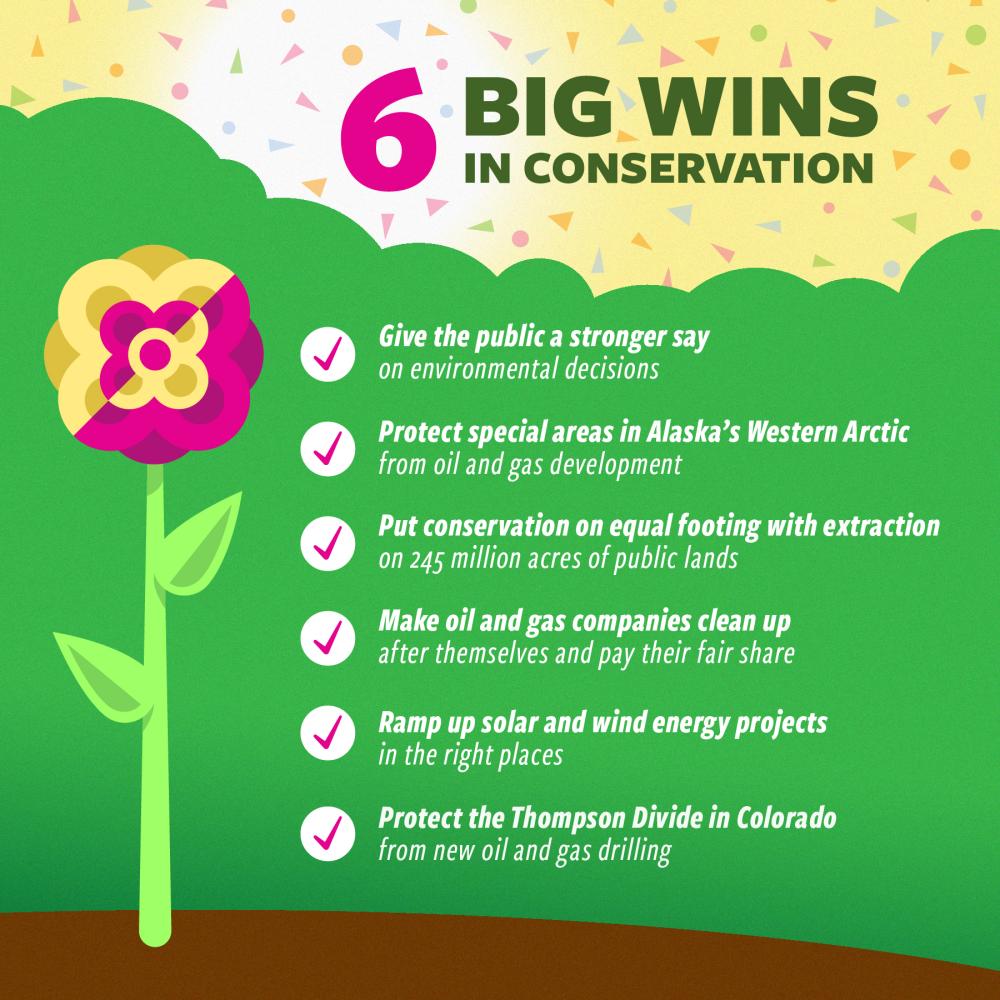
TWS
Let’s take a look at some of these big wins:
-
Ramp up solar and wind energy projects in the right places
The BLM Renewable Energy Rule will help make wind and solar development on public lands even more competitive with the oil and gas industry by reducing rents and fees. Together, this rule and the Western Solar Plan—which BLM is updating now—will support responsible renewable energy development on public lands while minimizing harm to sensitive areas.
-
Make oil and gas companies clean up after themselves and pay their fair share
The BLM Oil and Gas Rule sets stricter standards for oil and gas companies trying to develop on public lands by focusing development away from sensitive places and making companies cover the cost to clean up the messes they leave behind. It would also make companies pay a fairer share to access public lands in the first place.
-
Put conservation on equal footing with extraction on 245 million acres of public lands
The BLM Public Lands Rule finally affirms that conservation, recreation and cultural protection are equal management priorities to resource extraction like drilling and mining. That means oil and gas development will no longer get preferential treatment on the agency’s 245 million-acre estate. It also gives the nation’s largest land management agency the regulatory framework to prioritize conservation as a tool in the fight against climate change and the loss of nature.
-
Protect special areas in Alaska’s Western Arctic from oil and gas development
The BLM Western Arctic Special Areas Rule helps strike a balance between development and the preservation of the Western Arctic's five “Special Areas”: Teshekpuk Lake, Colville River, Utokok Uplands, Peard Bay and Kaseguluk Lagoon. These areas hold immense significance for Indigenous communities and are important habitats for wildlife and fish.
-
Give the public a stronger say on environmental decisions
The National Environmental Policy Act Phase 2 Rule modernizes and strengthens the federal law that has protected communities for half a century. These directives strengthen public participation in the environmental review process and affirm the responsibility of federal agencies to consider climate change impacts in decision-making. It will also restore regulations gutted by the previous administration.
